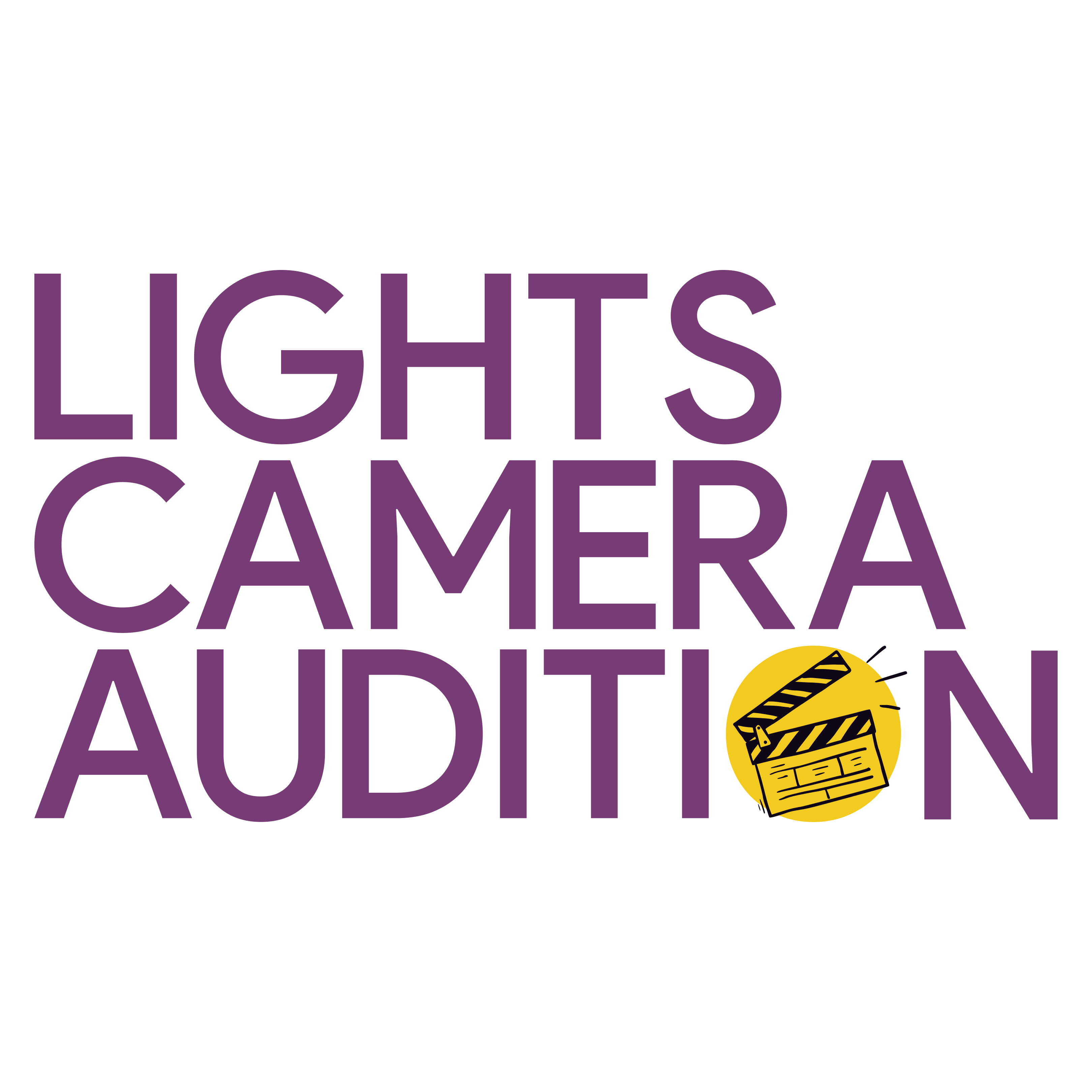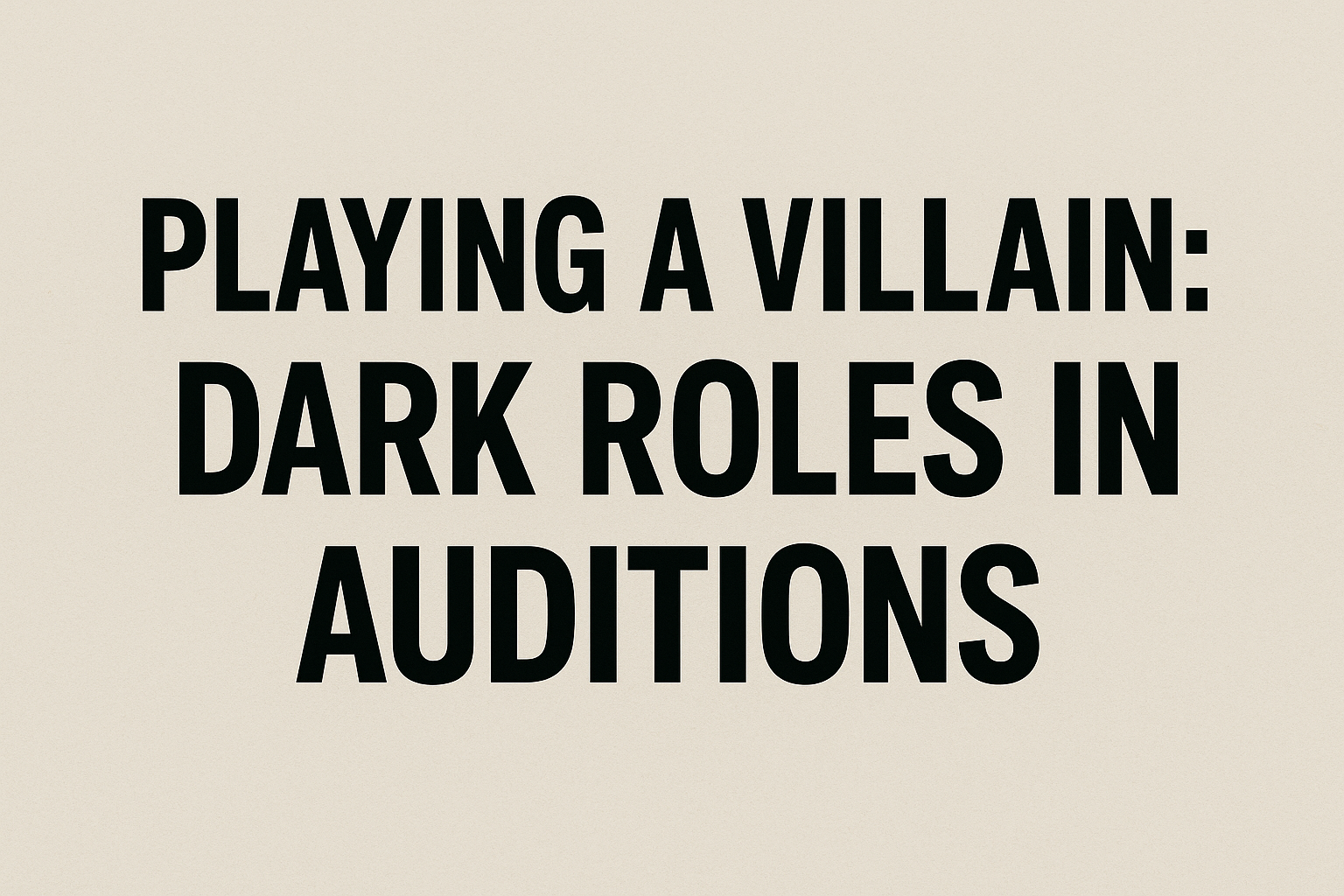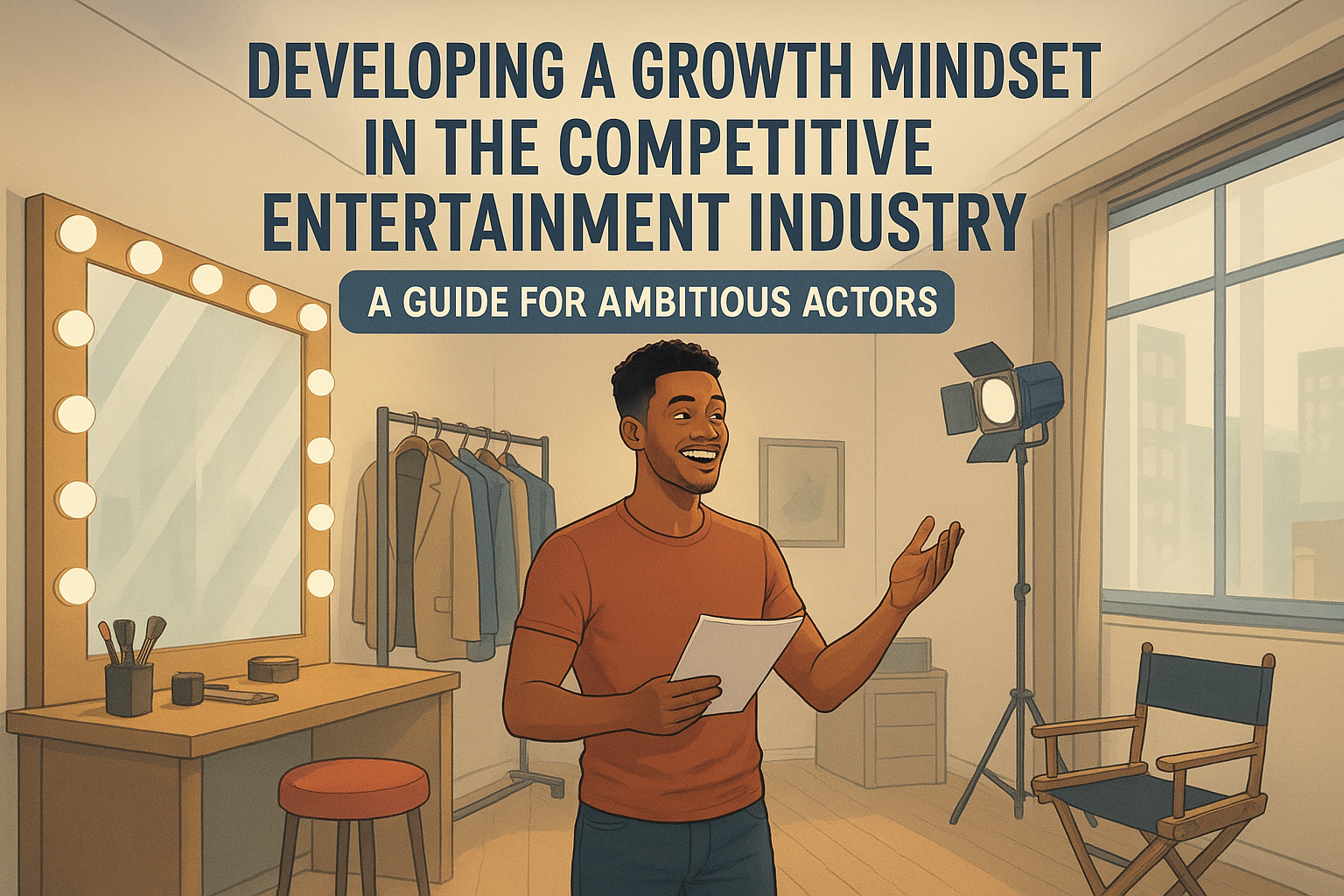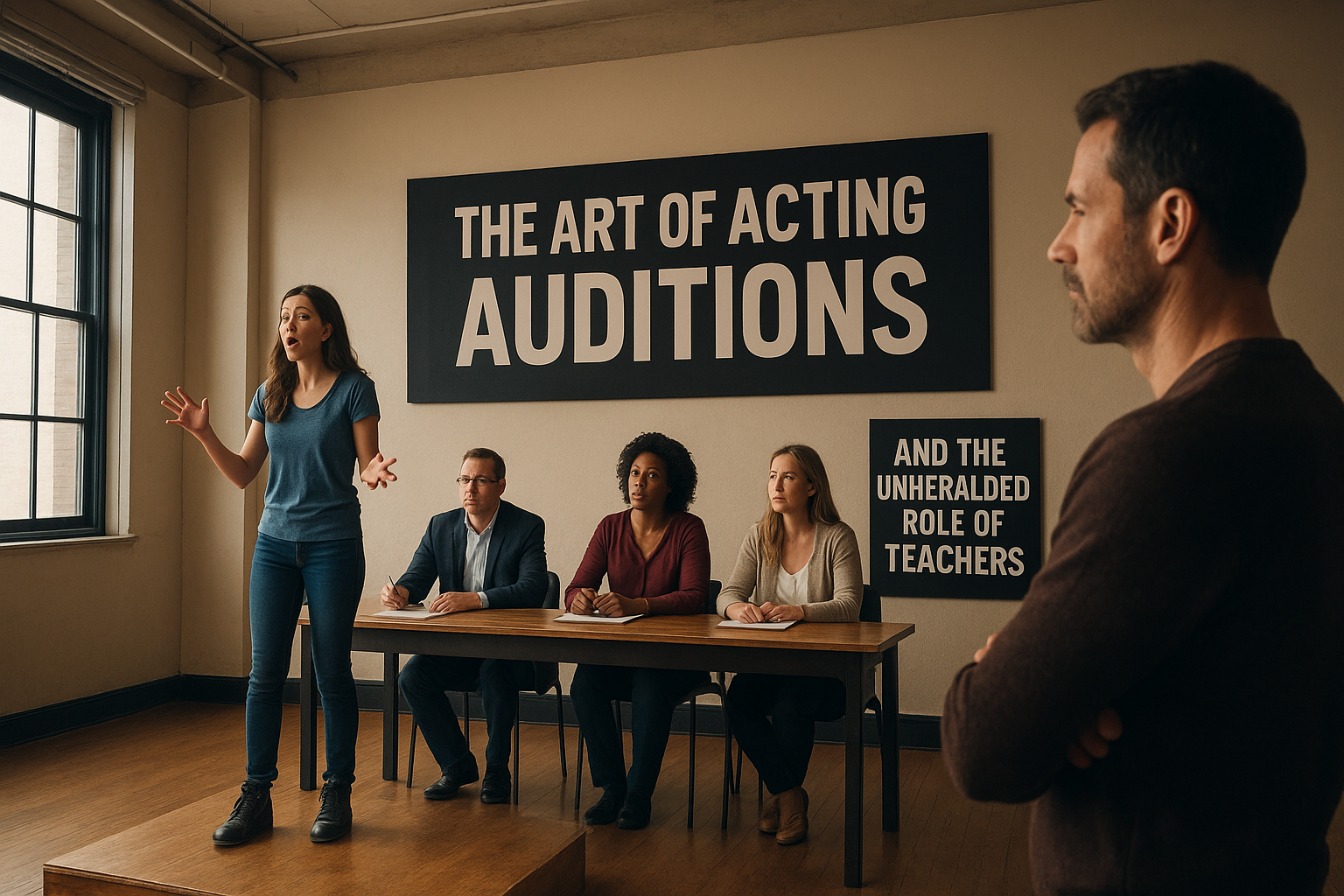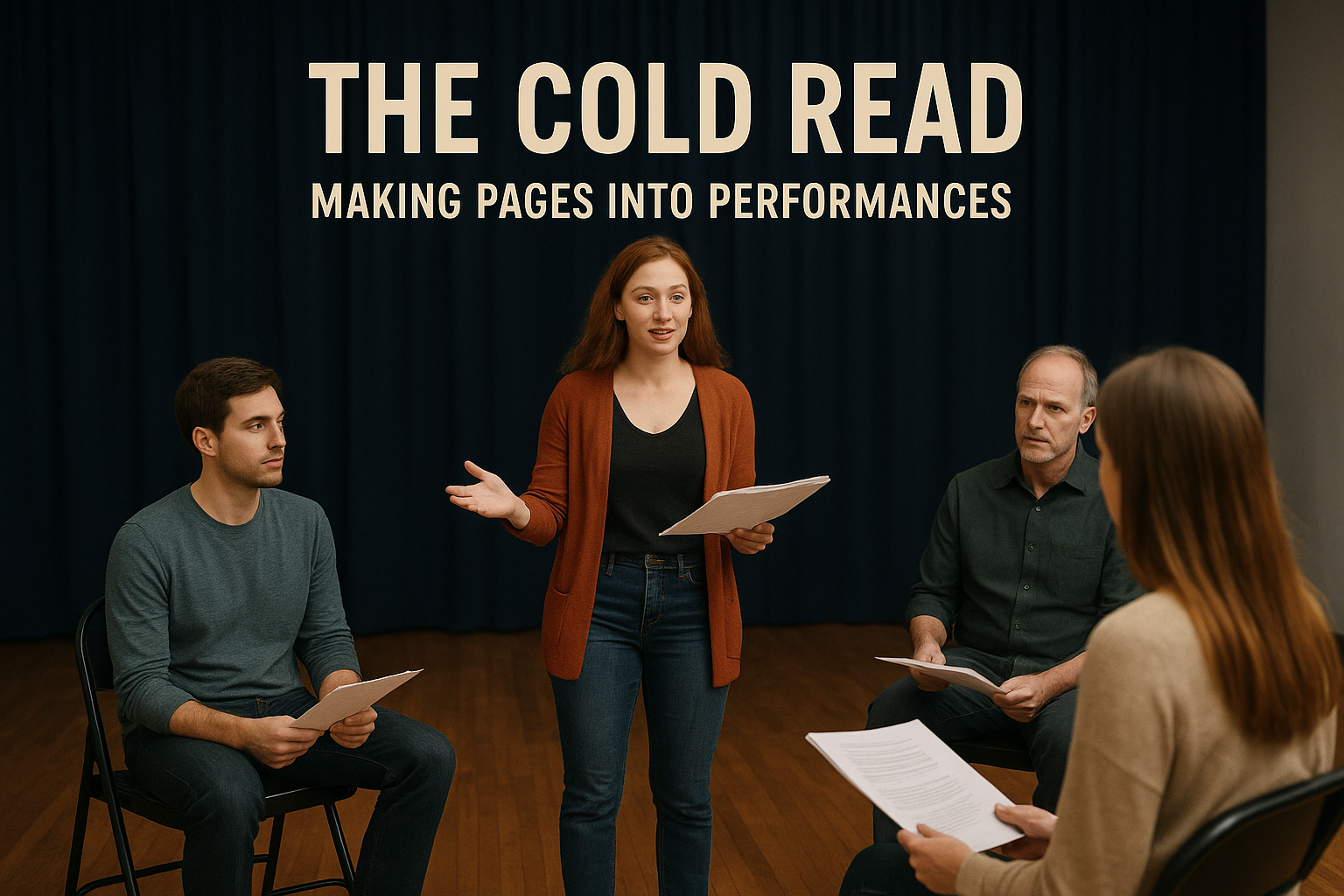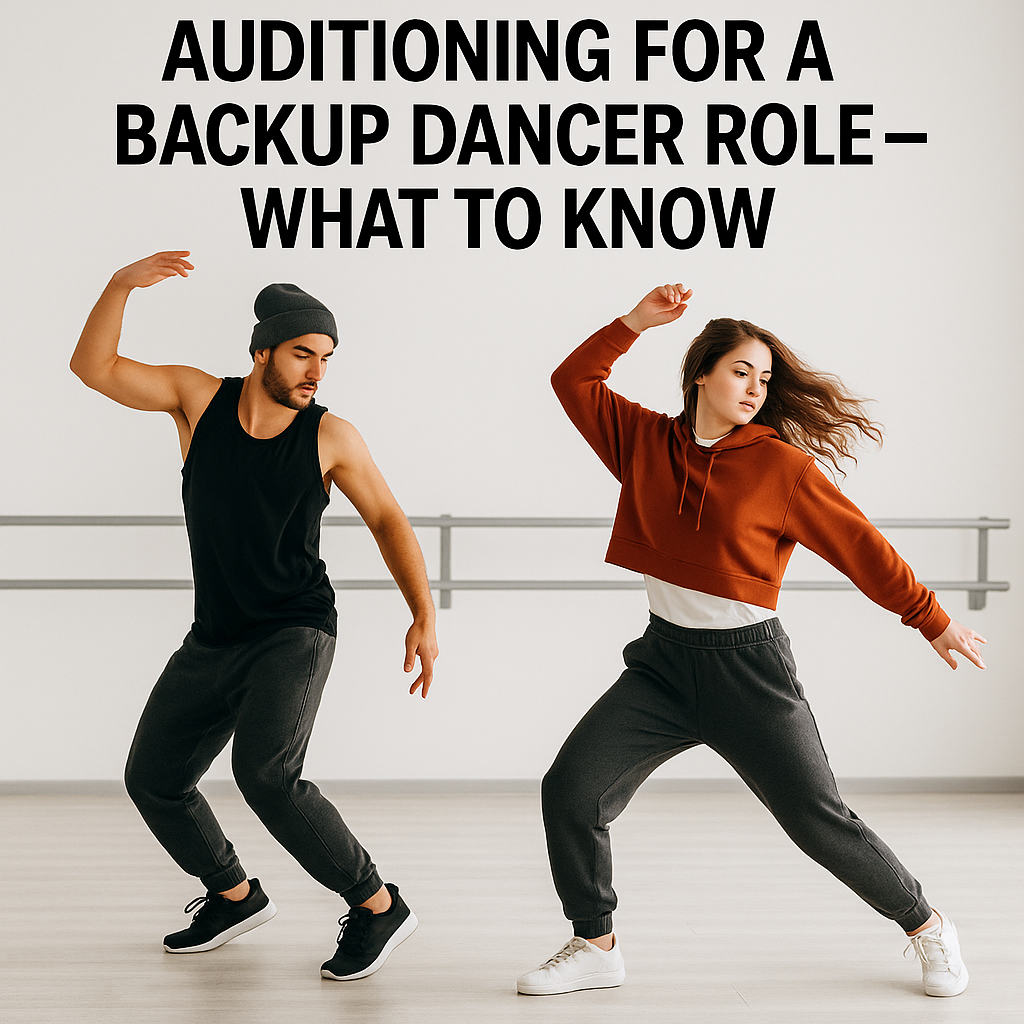
Auditioning for a backup dancer role is an exciting opportunity that can open doors to performing with top artists, appearing in music videos, touring internationally, and gaining industry recognition. But it’s also one of the most competitive and demanding audition types in the entertainment world. Whether you're auditioning for a big-name pop star or an up-and-coming artist, knowing what's required and how to prepare can be the difference between fitting in and landing the gig.
Here's what you need to know before walking into a backup dancer audition:
1. Know the Artist and Their Style
Do your research before auditioning. Get to know the artist or the role you're auditioning for. What genre of music do they do? What's their usual choreography style? Do they do high-energy pop numbers, smooth R&B moves, or tough hip-hop?
Tip: Check out their recent shows or tour videos on YouTube to get a sense of their choreography aesthetic, wardrobe, and stage presence.
2. Bring Your A-Game Physically and Mentally
Backup dancer auditions are physically demanding. You may be asked to memorize high-energy choreography within mere minutes and repeat it over and over again. You'll also need to demonstrate stamina, coordination, rhythm, and the capacity to learn movement in a quick manner.
Train like an athlete: Sleep soundly the night before, have a light but stimulating meal, hydrate, and warm up extensively prior to the audition.
Mentally: Be prepared to improvise. Choreographers tend to add last-minute surprises to the routine to gauge your reaction. Remain focused and flexible.
3. Your Look Counts (but Remain You)
Backup dancers are a visual product. Your style, your look, and your confidence can make or break whether you appear to be someone who is meant to be on stage with the artist. But that does not imply that you must dress like everyone else.
Tip: Wear something that makes it easy for the choreographer to see your lines and body movement—fitted dance clothes are a good bet. Put in your own personality (e.g., statement shoes, splash of color), but nothing overly flashy or impractical.
Hair and makeup: Nice and tidy, but ready to perform. Sweat-proof makeup, natural but classy looks, and snug hairstyles are the way to go.
4. Be Versatile and Ready to Learn Quickly
Choreographers usually seek out versatile dancers. You may be prompted to change styles mid-audition—hip-hop to jazz funk to Afrobeat or commercial.
Pro Tip: Be willing to take direction, and don't just perform your "favorite" moves. Demonstrate your range and flexibility in accommodating different grooves and choreo styles.
If you're not familiar with a specific movement or style, concentrate on your performance quality. Musicality, energy, and confidence will frequently compensate for technical shortcomings.
5. Attitude is Everything
Talent is valuable, but attitude can be the deal-maker. Choreographers and creative directors prefer dancers who are professional, a pleasure to work with, and upbeat. Nobody wants to tour for weeks with a diva or a buzzkill.
In the audition room: Show respect to everyone—choreographers, assistants, the competition. Be supportive of your fellow dancers, listen attentively, and never roll your eyes or talk back, even when you're frustrated.
After you dance: Say thank you. Smile. Maintain your energy. Even if you mess up, pick yourself up with dignity.
6. Expect to Be Seen in Groups—and Watched Constantly
The majority of backup dancer auditions are done in groups. You'll learn a combo in an ensemble and then execute it in smaller ensembles of 3-5. Occasionally they'll tell you to freestyle or redo the routine multiple times.
Tip: You're being observed even when you're not dancing. From the way you pick up the choreo to the way you treat others, casting directors are making mental notes. Remain in the moment and remain focused.
7. Rejection is Normal—Don't Take It Personally
You can be crazy talented and not even land the job. Backup dancer positions are highly specialized: they could be holding auditions for height, body type, skin color, or a specific "look" that works for the artist's concept. It's not always a matter of who's best, but who's the best fit.
Tip: Practice and expose yourself with every audition. You never know when a choreographer will remember you for the next job. Keep showing up.
Final Thoughts
Auditioning for a backup dancer position is exhilarating and demanding. It's a challenge of your talent, stamina, flexibility, and personality. If you prepare, remain humble, and give it your all out there, you'll impress—not only as a dancer, but as a professional you can't afford not to hire.
So continue to train, continue to learn, and continue to dance. Your next big break may be one 8-count away.
When it comes to acting, playing a villain is considered a challenge and a golden chance. Villains are multilayered, multi-dimensional, and probably the most remembered characters in a narrative. Be it old Bollywood films such as Gabbar Singh from Sholay or OTT villains such as Guruji from Sacred Games, dark roles determine an actor's fate. But auditioning for a villain is an altogether different. It needs a firm grasp of psychology, body language, and emotional regulation. If you're a newbie or a seasoned actor wanting to master your craft, this blog will walk you through all that you need to know on how to audition for villainous roles.
In the high-stakes, emotionally demanding world of acting, rejection is frequent, uncertainty is constant, and comparison can feel unavoidable. The entertainment industry is as competitive as it gets—and in such an environment, your mindset can make or break your journey. While talent, networking, and luck all play their part, there's one internal tool that can drastically shift your trajectory: a growth mindset.
In showbiz, auditions for acting are the initial and most often essential step toward a dream. For aspiring actors, an audition is not simply reading lines or acting in front of a casting director—it's a moment of exposure, innovation, and bravery. But behind every assured performance are years of education, instruction, and mentoring. And on Teachers' Day, it is only appropriate that we acknowledge the unseen architects of every actor's journey—their teachers.
There is a moment every actor fears: the casting director places a script in your hands you've never laid eyes on before and says, "Take a minute, and when you're ready, we'll begin. Welcome to the cold read — perhaps the most unpredictable, yet vital portion of an actor's career. Whether you're auditioning for theater, television, or voiceover, cold reading is the skill that can break or make your chance at a role. But the good news is this: like every other craft, it can be practiced, honed, and eventually mastered. In this post, we will analyze what cold reading actually is, why it's important, and how you can transform a cold script into a warm, breathing performance.
Lights Camera Audition!
Don't miss out on the latest updates, audition calls, and exclusive tips to elevate your talent. Subscribe to our newsletter and stay inspired on your journey to success!
